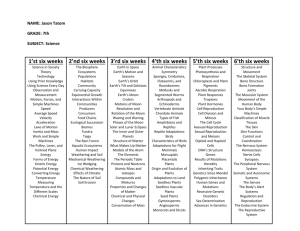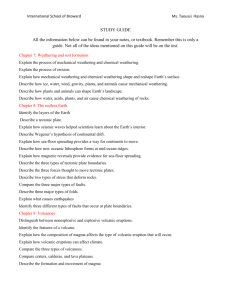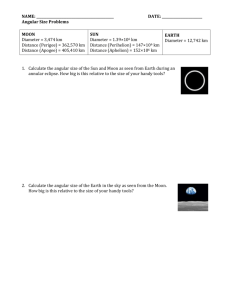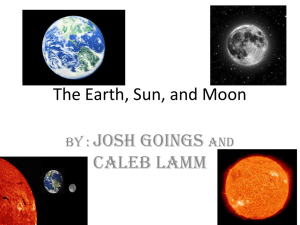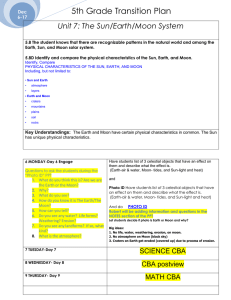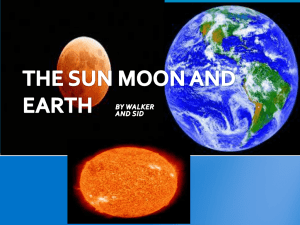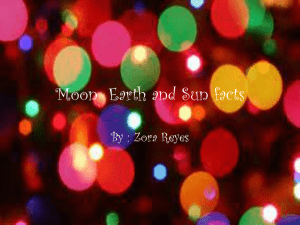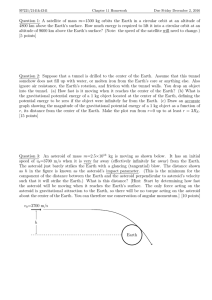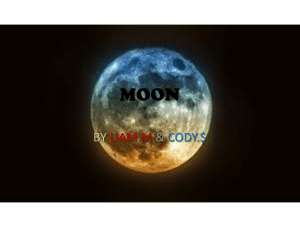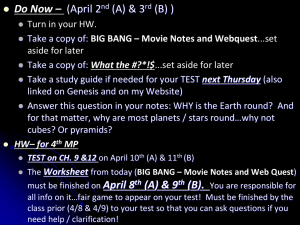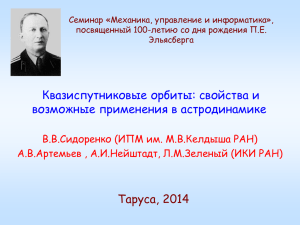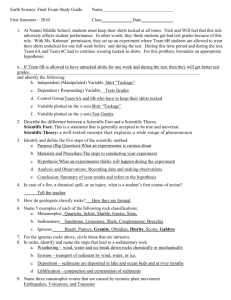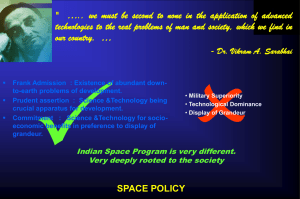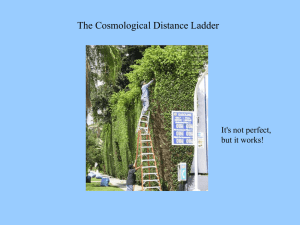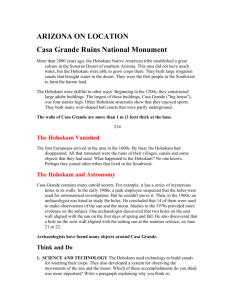Geology 3
advertisement
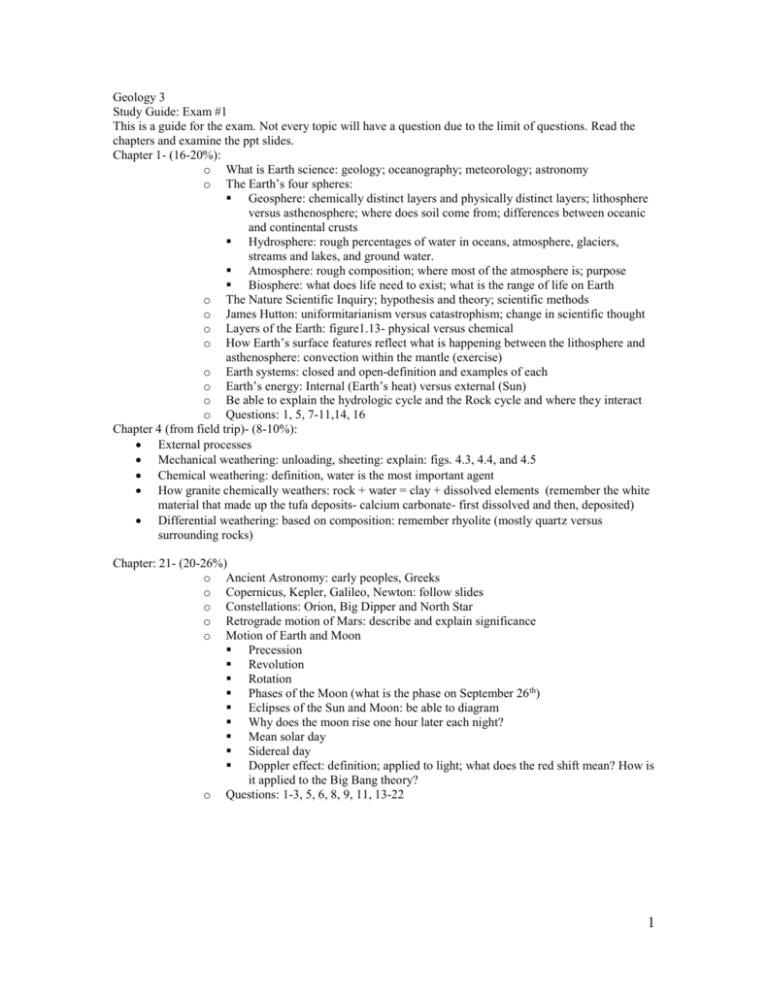
Geology 3 Study Guide: Exam #1 This is a guide for the exam. Not every topic will have a question due to the limit of questions. Read the chapters and examine the ppt slides. Chapter 1- (16-20%): o What is Earth science: geology; oceanography; meteorology; astronomy o The Earth’s four spheres: Geosphere: chemically distinct layers and physically distinct layers; lithosphere versus asthenosphere; where does soil come from; differences between oceanic and continental crusts Hydrosphere: rough percentages of water in oceans, atmosphere, glaciers, streams and lakes, and ground water. Atmosphere: rough composition; where most of the atmosphere is; purpose Biosphere: what does life need to exist; what is the range of life on Earth o The Nature Scientific Inquiry; hypothesis and theory; scientific methods o James Hutton: uniformitarianism versus catastrophism; change in scientific thought o Layers of the Earth: figure1.13- physical versus chemical o How Earth’s surface features reflect what is happening between the lithosphere and asthenosphere: convection within the mantle (exercise) o Earth systems: closed and open-definition and examples of each o Earth’s energy: Internal (Earth’s heat) versus external (Sun) o Be able to explain the hydrologic cycle and the Rock cycle and where they interact o Questions: 1, 5, 7-11,14, 16 Chapter 4 (from field trip)- (8-10%): External processes Mechanical weathering: unloading, sheeting: explain: figs. 4.3, 4.4, and 4.5 Chemical weathering: definition, water is the most important agent How granite chemically weathers: rock + water = clay + dissolved elements (remember the white material that made up the tufa deposits- calcium carbonate- first dissolved and then, deposited) Differential weathering: based on composition: remember rhyolite (mostly quartz versus surrounding rocks) Chapter: 21- (20-26%) o Ancient Astronomy: early peoples, Greeks o Copernicus, Kepler, Galileo, Newton: follow slides o Constellations: Orion, Big Dipper and North Star o Retrograde motion of Mars: describe and explain significance o Motion of Earth and Moon Precession Revolution Rotation Phases of the Moon (what is the phase on September 26 th) Eclipses of the Sun and Moon: be able to diagram Why does the moon rise one hour later each night? Mean solar day Sidereal day Doppler effect: definition; applied to light; what does the red shift mean? How is it applied to the Big Bang theory? o Questions: 1-3, 5, 6, 8, 9, 11, 13-22 1 Chapter 22-(20-25%) o The nebula hypothesis o Age of the Earth: 4.5 Billion years o Be able to name the eight planets in order from the Sun, location of asteroid and Keiper belts o Moon’s formation o Planet descriptions from ppt o An understanding that photographs and information about the planets is from unmanned spacecraft o Kuiper belt o Why is Pluto no longer considered a planet? o Asteroid: definition o Meteroid: definition o Comet definition o Questions: 1-5; 7-10; 11-14, 20, 22, 25 Chapter 23: (10-14%) o Waves: wavelength; visible light; shorter wavelengths-more energetic; o Doppler effect: definition; applied to light; what does the red shift mean? How is it applied to the Big Bang theory? o The nebula hypothesis o The Sun:665-672 o Questions: 1, 2, ;7, 21-24 Chapter 24- (10-12%) o The Big Bang: definition; roughly what happened through time to the complexity of elements o Hubble’s law o What is the Milky Way Galaxy o Life cycle of a star the size of our Sun (how old is our Sun) o Light year: p. 661 o Questions: 14, 15, 17, 19, 20, 24, 25 2

